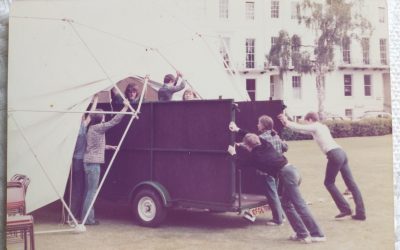After a recent concert a member of the audience was telling me how much she’d enjoyed it. ‘I always say it’s great to hear top professionals playing, because it’s only when people have really mastered the notes that they can think about how music communicates’, she said.
Actually, I feel sad when I hear people say things like this. To my way of thinking, too many people condemn themselves to spend too long practising ‘the notes’ routinely without realising that right from the beginning they can think about the music’s mood, character, and how it communicates.
Even when you begin to learn a piece, you can wonder what inspired the composer to put pen to paper, and how they hoped you might bring their music to life. Instead of putting your fingers down mechanically on the keys, you can touch the keys with the intention of creating a mood and a sound to go with it – dreamy, perhaps, or cheerful; dance-like, songful or energetic. You can look ahead, get an idea of the whole piece and ask yourself what sort of shape it has.
On the simplest level, a lot of pieces have an A-B-A structure. An opening section is followed by a contrasting middle section, and then the first section returns. It’s very helpful to ask yourself: does the opening material feel different when it returns? If so, how can you play it so that the change of atmosphere comes across?
It’s a mistake to tell yourself that you can’t think about music until you’ve practised the notes a thousand times. Things will go more quickly if you let your imagination be involved from the very beginning. Otherwise, it’s like trying to drive a car with no fuel in the tank.




What a lovely way of putting it.